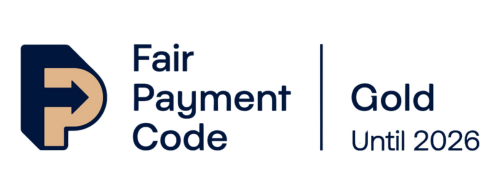Atlas Translations have been providing Bengali translation and interpreting services, along with voiceover, audio transcription and more since 1991. Want to know more about this fascinating language? Bengali, also known as Bangla, is a language spoken primarily in the South Asian country of Bangladesh and surrounding areas of India. It is one of the most widely-spoken languages in the world, with 250-300 million native speakers worldwide. It is also the second-most widely spoken language in India, primarily in the eastern region of the country – both the Bangladeshi and Indian national anthems are written in the language.
History
Bengali has a rich history, as part of the Indo-Aryan language group. Much of the lexicon descends from the ancient Indian language of Sanskrit, which had been spoken in the Bengal region since the first millennium BC. By around 1000 AD, Bengali began to take shape as its own language. Persian has also had a large influence on the Bengali tongue.
Bengali has also had its fair share of opposition, most notably when Bangladesh was known as East Pakistan, after the separation of India in 1947. After the partition, Bangladesh was part of the same country as modern day Pakistan, which was known as West Pakistan. The government in West Pakistan attempted to make Urdu, the majority language of West Pakistan, the sole national language of both regions. This was met with opposition in East Pakistan, where very few people spoke Urdu, but the majority of the population spoke Bengali. This led to the creation of the Bengali Language Movement, which attempted to achieve recognition from the government as a national language. On 21 February 1952, five students were killed while protesting at the University of Dhaka. This day was later recognised as Language Movement Day in Bangladesh, and as International Mother Language Day by UNESCO. In 1956, Bengali was officially recognised as a state language of Pakistan, and in 1971, Bangladesh became an independent nation with Bengali as its official tongue.
Bengali and English
There is a large Bangladeshi community in English-speaking countries, such as the United Kingdom and the United States. The largest communities can be found in East London, particularly in areas such as Tower Hamlets and Brick Lane, and also in New York City, in neighbourhoods such as Jackson Heights in Queens. Other large Bengali-speaking populations outside of Bangladesh and India also exist in countries such as Saudi Arabia, where there is a Bangladeshi population of 1.2 million people, the United Arab Emirates and Malaysia.
There are also numerous examples of Bengali words that have become part of English, mostly because of the cultural exchange during the British Raj in India. These include ‘dinghy’, which is linked to the Bengali word for boat. Many Bengali words are also translations of English words, such as the words for office, doctor and glass. This shows how there have been many cultural interactions between Bengali and English, a number which is likely to increase as the global influence of Bengali increases. The beauty of the language is also well-known – it is often seen as one of the most beautiful languages in the world for its charm.
Have a look at our price calculator here: https://www.atlas-translations.co.uk/price-calculator/















